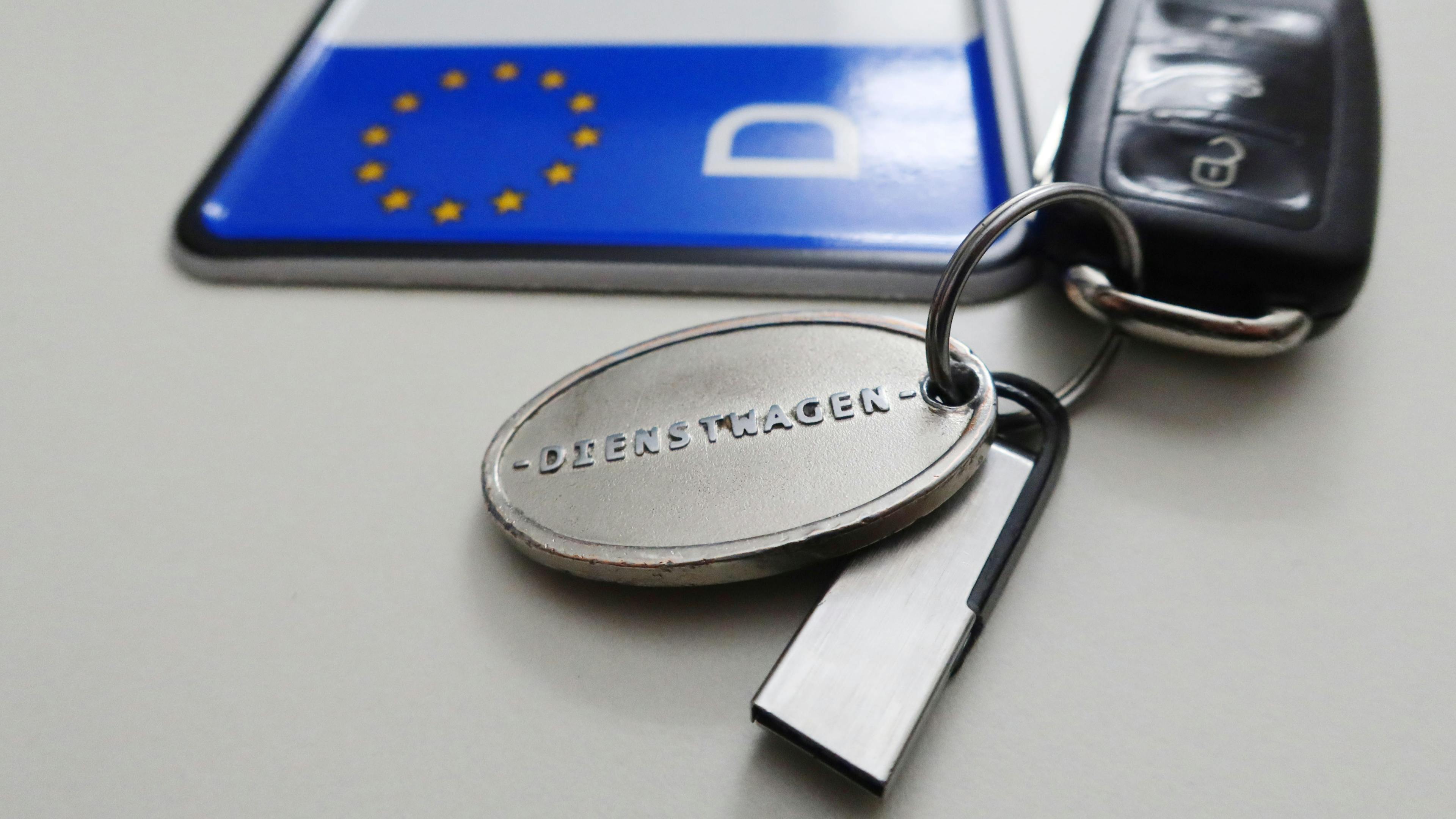An electric car or hybrid as a company car – for more and more people, this is an interesting option, because the state wants to promote electromobility and is relying on financial incentives to do so. For example, employees who drive an electric company car get off much cheaper on their income tax return than drivers of a combustion engine. Specifically, this involves calculating the so-called non-cash benefit. Employees must declare this financial benefit in their tax return if they are allowed to drive their company car outside working hours.
Most company car drivers are probably familiar with the so-called 1 percent rule. This is a rule for the flat-rate calculation of the non-cash benefit of a company car, which may also be used privately. As long as there were only gasoline and diesel engines, the non-cash benefit was simply set at 1 percent of the new car value. For electric cars, the 1 percent rule becomes a 0.25 or 0.5 percent rule. When calculating income tax, only 0.25 or 0.5 percent of the new price of the electric company car is added to the monthly gross salary as a non-cash benefit. However, a lower income means less tax burden – an argument that makes switching to an electric company car quite attractive.
Taxation of electric company cars: 0.25 and 0.5 percent regulation
Those who opt for an electric company car instead of a combustion engine benefit from a lower tax burden. The current regulations for the taxation of an electric company car are basically quite simple:
- For an electric company car with a gross list price of up to 60,000 euros, 0.25 percent of the gross list price is added to the income on the tax return.
- For an electric company car with a gross list price of over 60,000 euros, 0.5 percent of the gross list price is added to the income when filing the tax return.
- For a hybrid company car, 0.5 percent of the gross list price is also added to the income for taxation.
Taxation of electric company cars: Calculate non-cash benefit
If you are allowed to use your company car – whether electric, hybrid or combustion engine – privately, you have a so-called monetary advantage. You must state this in your tax return. There are two ways to calculate the non-cash benefit of a company car.
Flat-rate taxation of electric and hybrid company cars
Taxation of electric company cars: Logbook
With taxation by logbook, you must document every single trip with your company car with the help of a booklet or an app. You must also prove what costs your employer bears. These are divided by the kilometers driven in the year. The bottom line is then the price for each kilometer driven. You multiply this by the distance you drove privately with the company car. The result is the non-cash benefit that you must declare in your tax return. This more complex method is worthwhile for employees who rarely use their company car privately.

Non-cash benefit of electric company cars: Example calculation
Let's say you drive 20 kilometers to your workplace. Your company car is a combustion engine with a gross list price of 45,000 euros. Then the calculation looks like this:
Step 1: 1 percent of the list price of the company car (rounded down to a full 100 euros) = 450 euros.
Step 2: 0.03 percent of the list price per kilometer times kilometers to the workplace = 45,000 euros × 0.0003 × 20 km = 270 euros.
Step 3: Finally, the two values are added: 450 euros + 270 euros = 720 euros. The non-cash benefit of your company car is therefore 720 euros, which you must add to your monthly gross salary when filing your tax return.
For an electric company car with a gross list price of up to 60,000 euros, you will only get a quarter of the sum mentioned. In our example calculation, 720 euros become 180 euros, so your monthly gross salary for the income tax return increases by only 180 euros, which leads to a lower tax burden.
For an electric company car with a new value of more than 60,000 euros or a plug-in hybrid, you add at least 480 euros per month (depending on the list price) to your salary when filing your income tax return.
In truth, the whole thing is a bit more complex. You can reduce the monetary advantage of the electric company car, for example, by paying a deductible. However, this may not be higher than the non-cash benefit. A tip: Various trade magazines – such as the "Wirtschaftswoche" – offer a company car calculator that you can use to quickly and easily determine the monetary benefit of your company car.

What should be considered when taxing electric company cars?
Important: The legislator is only interested in the gross list price at the time of first registration. Even if your employer has received a discount from the dealer or you drive a young used car, the actual price of your company car does not determine the amount of taxation.
The fact that electric vehicles sometimes take longer to deliver can cause the list price of the chosen vehicle to increase during the waiting period for a new car. He may crack the 60,000 euro mark. In this case, the non-cash benefit of your electric company car doubles – and as a driver, you unfortunately suddenly pay significantly more tax than expected.
Currently, the federal government wants to raise the 60,000 euro threshold to 80,000 euros for the taxation of electric company cars. This would mean that drivers of more expensive electric company cars would also benefit from the attractive tax regulation for electric cars. However, the change in the law has not yet been decided. Literally, the draft law reads as follows:
"In order to increase demand, taking into account the goals for the promotion of sustainable mobility and to reflect the increased acquisition costs of such vehicles in a practical way, the existing maximum amount will be raised from 60,000 euros to 80,000 euros. This applies mutatis mutandis to the provision of a company motor vehicle to employees (§ 8 (2) sentences 2, 3 and 5 EStG)."
Non-cash benefit of electric company cars: Until when does the 0.25 percent rule apply?
Before you order an electric company car, you should also know the following: The 0.25 or 0.5 percent rule is temporary. The reason: Financial incentives for e-car drivers will only be available until environmentally friendly drives have become widely accepted. Therefore, according to the current state of information, the special rule on the taxation of electric company cars will expire at the end of 2030 (as of December 2023).

